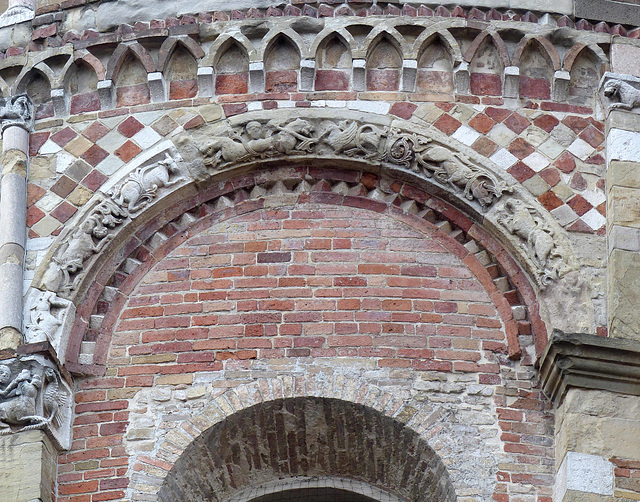Parma - Duomo
Parma - Duomo
Parma - Duomo
Parma - Duomo
Parma - Duomo
Parma - Duomo
Castell'Arquato - Collegiata di Santa Maria
Castell'Arquato - Collegiata di Santa Maria
Castell'Arquato - Collegiata di Santa Maria
Castell'Arquato - Collegiata di Santa Maria
Castell'Arquato - Collegiata di Santa Maria
Castell'Arquato - Collegiata di Santa Maria
Castell'Arquato - Collegiata di Santa Maria
Cremona - Duomo di Cremona
Cremona - Duomo di Cremona
Cremona - Duomo di Cremona
Cremona - Duomo di Cremona
Verona - Duomo di Verona
Verona - Duomo di Verona
Verona - Duomo di Verona
Verona - Duomo di Verona
Verona - Duomo di Verona
Verona - Duomo di Verona
Verona - Duomo di Verona
Verona - Duomo di Verona
Verona - Duomo di Verona
Verona - Duomo di Verona
Verona - Duomo di Verona
Verona - Duomo di Verona
Verona - Duomo di Verona
Verona - Duomo di Verona
Verona - Duomo di Verona
Verona - Duomo di Verona
Verona - Duomo di Verona
Verona - Duomo di Verona
Verona - Duomo di Verona
Verona - Duomo di Verona
Verona - Duomo di Verona
Verona - Duomo di Verona
Verona - Duomo di Verona
Verona - Duomo di Verona
Location
Lat, Lng:
Lat, Lng:
You can copy the above to your favourite mapping app.
Address: unknown
Lat, Lng:
You can copy the above to your favourite mapping app.
Address: unknown
See also...
Keywords
Authorizations, license
-
Visible by: Everyone -
All rights reserved
-
79 visits
Parma - Duomo


Parma was most probably founded by the Etruscans. The Romans founded a colony here. During the Roman Empire, it gained the title of Julia for its loyalty to the imperial house.
Attila sacked the city in 452 and during the Gothic War Totila Attila sacked the city in 452 and during the Gothic War Totila destroyed it again. It was then part of the Byzantine Exarchate of Ravenna and, from 569, of the Lombard Kingdom of Italy. During the Middle Ages, Parma became an important stage of the Via Francigena, the main road connecting Rome to Northern Europe.
Under Frankish rule, Parma was nominally a part of the Holy Roman Empire created by Charlemagne but locally ruled by its bishops. After the Peace of Constance in 1183 confirmed the Italian communes' rights of self-governance, quarrels with the neighboring communes became harsh, with the aim of controlling the vital trading line over the Po River.
The city was besieged in 1247–48 by Emperor Frederick II, who was however crushed in the Battle of Parma by the Lombard League. In 1331, the city submitted to King John of Bohemia. Parma fell under the control of Milan in 1341. After a short-lived period of independence, the Sforza imposed their rule creating a kind of feudalism.
A basilica existed probably already in the 6th century but was later abandoned. From 860, St. Mary's Church was built nearby, which became the cathedral. After its destruction by fire, the construction of today's cathedral began in 1059 by bishop Cadalo, who was later antipope with the name of Honorius II. The new church was heavily damaged by an earthquake in 1117 and had to be restored.
Archivolte with animals. On the right a hare.
Translate into English
Attila sacked the city in 452 and during the Gothic War Totila Attila sacked the city in 452 and during the Gothic War Totila destroyed it again. It was then part of the Byzantine Exarchate of Ravenna and, from 569, of the Lombard Kingdom of Italy. During the Middle Ages, Parma became an important stage of the Via Francigena, the main road connecting Rome to Northern Europe.
Under Frankish rule, Parma was nominally a part of the Holy Roman Empire created by Charlemagne but locally ruled by its bishops. After the Peace of Constance in 1183 confirmed the Italian communes' rights of self-governance, quarrels with the neighboring communes became harsh, with the aim of controlling the vital trading line over the Po River.
The city was besieged in 1247–48 by Emperor Frederick II, who was however crushed in the Battle of Parma by the Lombard League. In 1331, the city submitted to King John of Bohemia. Parma fell under the control of Milan in 1341. After a short-lived period of independence, the Sforza imposed their rule creating a kind of feudalism.
A basilica existed probably already in the 6th century but was later abandoned. From 860, St. Mary's Church was built nearby, which became the cathedral. After its destruction by fire, the construction of today's cathedral began in 1059 by bishop Cadalo, who was later antipope with the name of Honorius II. The new church was heavily damaged by an earthquake in 1117 and had to be restored.
Archivolte with animals. On the right a hare.
Fred Fouarge has particularly liked this photo
- Keyboard shortcuts:
Jump to top
RSS feed- Latest comments - Subscribe to the comment feeds of this photo
- ipernity © 2007-2024
- Help & Contact
|
Club news
|
About ipernity
|
History |
ipernity Club & Prices |
Guide of good conduct
Donate | Group guidelines | Privacy policy | Terms of use | Statutes | In memoria -
Facebook
Twitter

Sign-in to write a comment.